Fiber Optic Installation
We install high-speed fibre optic cabling for businesses, schools, and industrial spaces across Auckland. From single-mode to multi-mode, we ensure fast, clean, and future-ready connections—tested and certified.
Ultra-Fast Data
Lightning-speed uploads and downloads.
Clean, Certified Installs
No mess. Fully tested and documented.
Business-Ready Networks
For offices, warehouses, schools & more.
Auckland-Based Technicians
Local team. Quick response. No delays.
Specialist Fibre Cabling Services in Auckland
Certified Fibre Techs for Clean, Scalable Installs
We install fast, high-performance fibre networks across Auckland—serving offices, schools, warehouses, and industrial sites.
Our certified team handles single-mode and multi-mode fibre, backbone cabling, aerial and underground runs, plus full testing and certification.
Whether it’s a new build or an upgrade, we install fibre networks built for speed, uptime, and future growth—on time, every time.
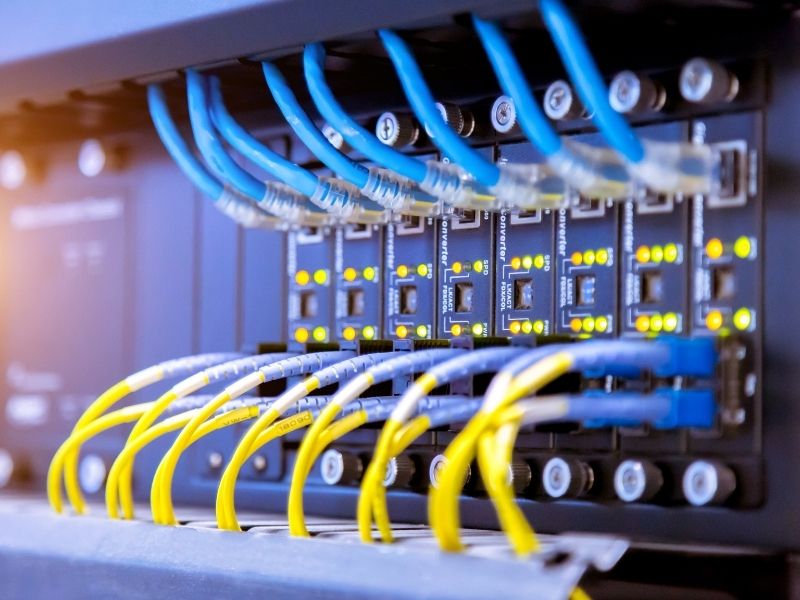

Single Mode vs Multi-Mode Fibre Optic Cabling
Choosing the Right Fibre Type for Your Setup
Each type of fibre optic cable serves a different purpose. Choosing the right one depends on the size of your building, the layout, and how much data you need to move.
Single-Mode Fibre:
- Transmits one light signal through a narrow core
- Best for long distances with minimal signal loss
- Ideal for data centres, campuses, and backbone infrastructure
Multi-Mode Fibre:
- Uses a wider core to carry multiple light signals
- Better suited for short-range installations
- Often used in office floors and local LAN setups
If you’re unsure which fits your site, our technicians will assess your space and help you make the right choice based on your performance and distance needs.
Fibre Optic Installation Tools
Specialised Equipment for Clean Connections and Reliable Testing
Fibre optic installs require precision tools for cutting, fusing, and verifying every connection. Our team uses the latest equipment to deliver top-tier installs with minimal signal loss.
Crimper:
Ensures secure connector attachment by applying pressure to the connector instead of the glass core during termination.
Cleaver:
Cuts stripped fibre at a precise angle to prepare for clean splicing or connectorisation.
Fusion Splicer:
Joins two ends of a fibre cable by welding them together, creating a seamless connection with minimal optical loss.
CertiFiber Pro Optical Loss Test Set:
A diagnostic tool from FLUKE Networks that tests and certifies installed fibre links for performance and signal loss.
These tools help us ensure that every fibre run meets strict performance standards from end to end.
Request-to-Exit Devices
Exiting usually doesn’t require authentication. Most systems include a motion sensor or push-button that unlocks the door when triggered. This keeps traffic flowing without compromising security.
OM Fibre Types Explained
Understand the Differences in Multi-Mode Fibre Standards
Multi-mode fibre comes in several graded types, each suited to different distance and bandwidth requirements. Here’s a quick comparison of OM1 through OM5 fibre classifications:
In publishing and graphic design, lorem ipsum is common placeholder text used to demonstrate the graphic elements of a document or.

OM1
OM2
OM3
OM4
OM5
We Are Proud to Work With


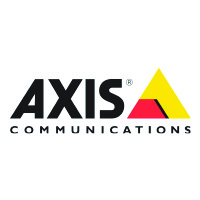



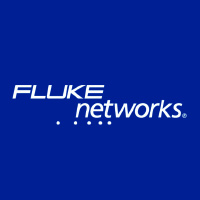



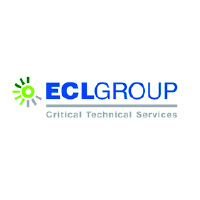

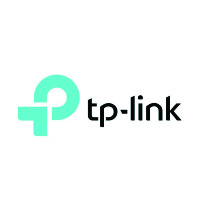

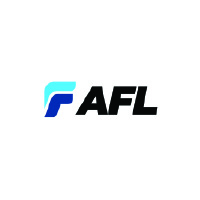

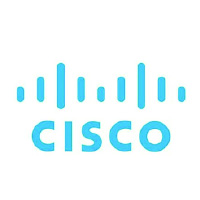

Blog
Cabling For U Knowledge Center
Browse expert insights, helpful guides, and resources to make smarter decisions about your cabling, security, and network systems.
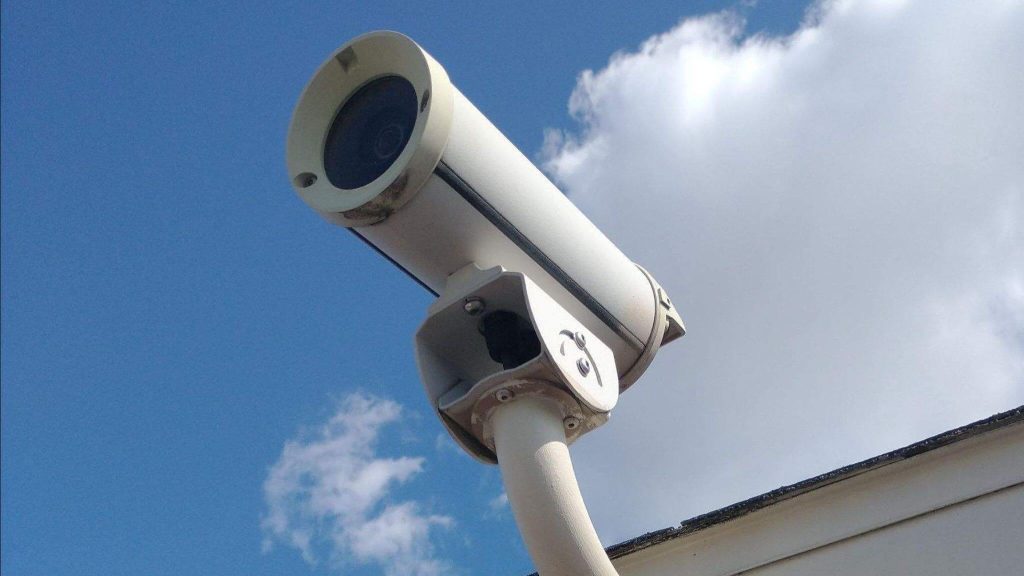
Security Camera Night Vision: Key Differences You Must Know
Why Night Vision Matters in Security Quality surveillance depends on clear images in low light….
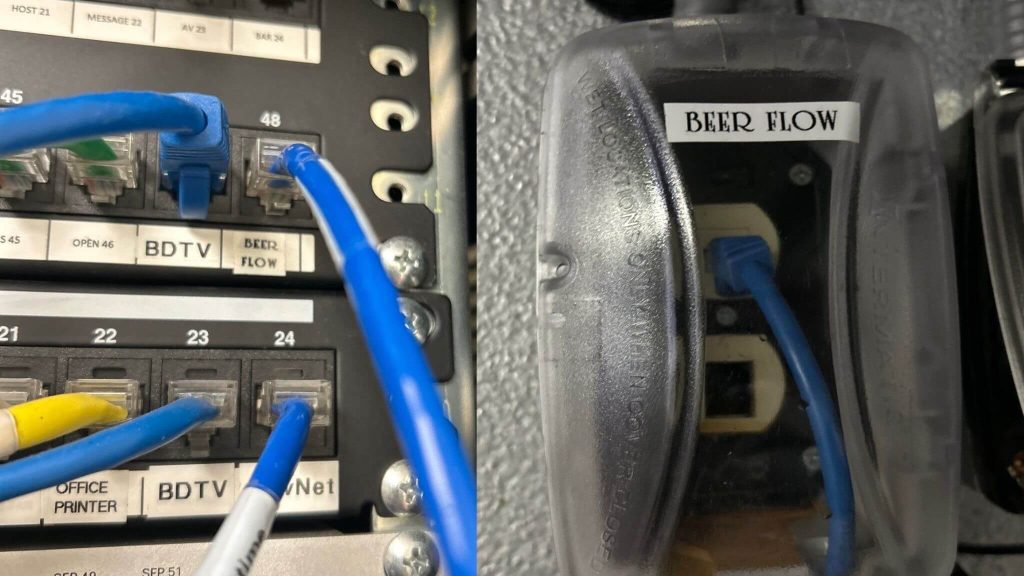
Network Cabling: Its Efficient Role in Beer Dispensing
Why Structured Cabling Matters in Hospitality In bars, restaurants, and breweries, reliable…
FAQ
Frequently Asked Questions
What’s the difference between single-mode and multi-mode fibre?
Single-mode fibre is best for long distances, like connecting buildings. Multi-mode is ideal for shorter runs within one site, like a warehouse or office.
How long does a fibre optic installation take?
Most jobs are completed in 1–2 days, depending on building access, trenching needs, and how many connection points you have.
Can fibre improve my internet speed?
Yes. Fibre supports much higher bandwidth than copper cabling, reducing lag and supporting more devices without dropouts.
Do you offer trenching or only internal installs?
We do both. Our team handles underground trenching, wall feeds, aerial installs, and in-ceiling routing to suit your building layout.
Will I need new equipment after installation?
If your existing switches or routers don’t support fibre, we’ll let you know during the site visit. You can supply your own gear, or we’ll recommend options.
Haven’t Found Your Answer?
Sign Up to Receive Pre-Install Tips
Subscribe to our newsletter to receive industry insights, useful tips, and important updates.
